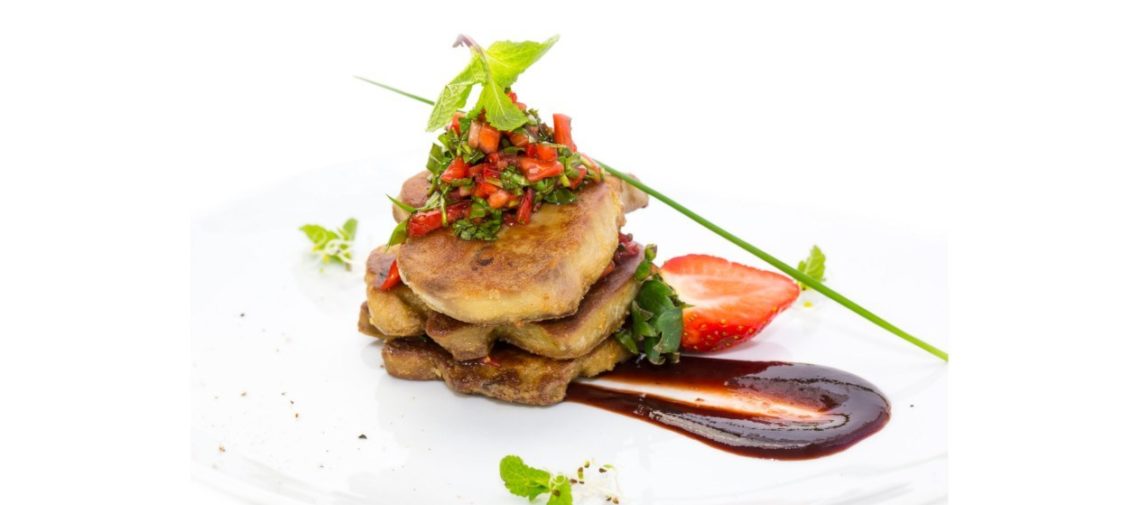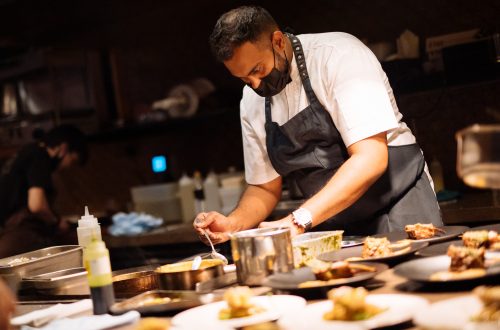
The Unique Foie Gras
Foie gras, French for “fat liver”, is a luxury food product made of the liver of a duck or goose that has been specially fattened. It is a popular and well-known delicacy in French cuisine. Its flavor is described as rich, buttery, and delicate, unlike that of an ordinary duck or goose liver.
Historically, the production of foie gras dates way back to the dynastic Egyptian aristocracy, some 5,000 years ago. Under the Roman Empire, the luxurious liver of fattened geese became the culinary focus, above and beyond the tasty goose meat. Prior to that time, foie gras was simply a by-product of cultivating goose meat with high fat content.

Like any other indulgences, every bite of foie gras is a memorable experience with its exceptional creamy and buttery smooth sensation. It also offers a delightful silken rich and sublime taste. The taste of duck foie gras is often referred to as musky with a subtle bitterness while goose foie gras is noted for being less gamey and smoother – with a more delicate flavour and fine taste besides being more expensive.
Generally, the French prepare foie gras over low heat, as traditional goose foie gras which has got a higher fat content, melts faster than the duck foie gras produced in the other parts of the world. Duck foie gras are used in more recipes and dish preparations for serving foie gras hot, rather than cool or cold.
Goose foie gras is traditionally fried in goose fat in Hungary. It is then poured over the foie gras and left to cool before consuming but foie gras is also eaten warm, after being fried or roasted. In other parts of the world foie gras is served in foie gras sushi rolls, in various forms of pasta or with steak tartare or as a garnish for steak.
The raw delicacy can be roasted, sauteed or grilled if desired but it has to be done with care. As foie gras has a lot of fat content, one must not cook it on high heat for a prolonged period for it may very well burn or melt. The foie gras needs to be cut to a thickness between 15 and 25 mm for cooking in order that its structural integrity is preserved and the centre of it, rare and uncooked. It is also quite a common practice to sear the foie gras on one side only, leaving the other side uncooked.
Foie gras is regarded as a gourmet luxury dish and in France it is mainly consumed during Christmas or New Year’s Eve dinners. However, the recent increased availability of foie gras has somewhat watered down its stature as a luxury dish and it is consumed all year round in some parts of France.





